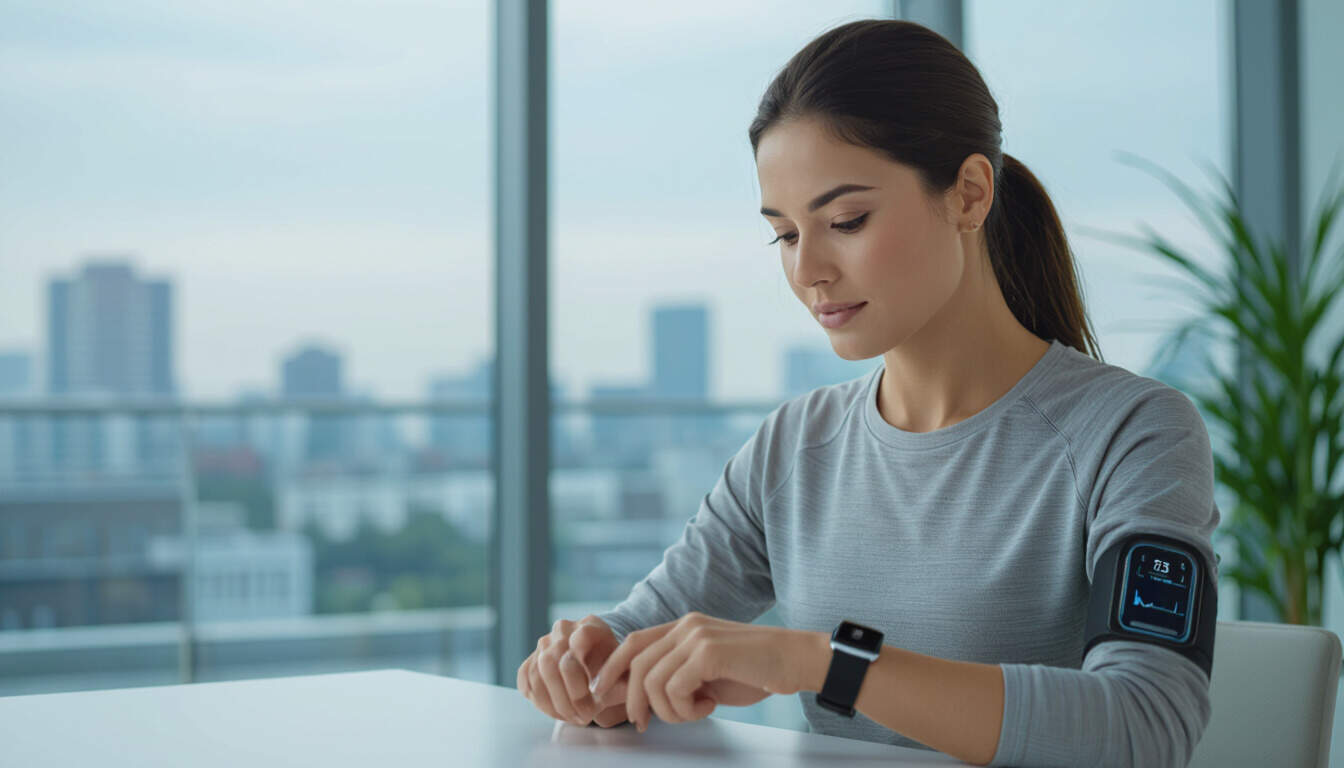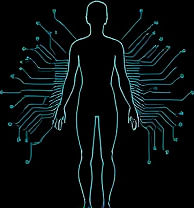Debunking Myths of Personal Enhancement
 by Shanie Goodwin
by Shanie Goodwin
Explore common myths surrounding personal enhancement in biohacking, from nootropics to wearable devices. Learn the facts to optimize health safely and effectively, empowering your self-improvement journey with science-backed insights.

Personal enhancement through biohacking offers exciting possibilities for better health and performance. Yet, misinformation often spreads, leading to unrealistic expectations. This discussion addresses key myths, providing clarity for those seeking genuine improvements.
Common Myths in Nootropics
Nootropics have gained popularity for cognitive benefits, but several misconceptions persist. For instance, some think that these supplements can provide immediate, dramatic boosts to brain function. In reality, nootropics work gradually, often requiring consistent use alongside a healthy lifestyle to show effects. Another falsehood is that all nootropics are safe without side effects; individual responses vary, and consulting professionals is essential for safe experimentation.
Many people assume that popular nootropics like caffeine or omega-3s can replace proper sleep and nutrition. However, these compounds support overall cognitive health but cannot fully compensate for basic wellness practices. By focusing on evidence-based use, individuals can integrate nootropics into their routines without falling into hype.
Misconceptions About Wearable Technology
Wearable devices have transformed how we track health metrics, yet myths abound. One prevalent idea is that these gadgets can deliver perfect health insights on their own. In truth, wearables provide data that needs interpretation, and relying solely on them might overlook the need for professional advice.
For example, devices that monitor heart rate or sleep patterns are helpful tools, but they do not diagnose conditions. Some believe that wearable technology can automate full health optimization, ignoring the fact that user engagement and data analysis are crucial. This technology serves as a guide, encouraging proactive steps rather than passive dependence.
In practice, combining wearables with other biohacking methods yields better results. Users report improved awareness of their body's signals, which motivates adjustments in daily habits. Still, it's important to remember that wearable technology complements, rather than replaces, traditional health strategies.
Health Optimization Fallacies
When it comes to health optimization, myths can hinder progress. A frequent one is the notion that extreme diets or fasting alone lead to peak performance. While intermittent fasting has benefits, it's not a universal solution and must be balanced with individual needs to avoid potential drawbacks.
Another misconception is that personal enhancement requires expensive gadgets or supplements. In fact, basic practices like regular exercise and mindfulness can offer substantial gains without high costs. People often overlook that health optimization involves a holistic approach, integrating physical, mental, and nutritional elements.
Studies show that simple changes, such as consistent physical activity, can enhance energy levels more effectively than isolated interventions. By prioritizing sustainable habits, individuals achieve long-term benefits, dispelling the myth that enhancement is an overnight process.
The Role of Personal Enhancement in Daily Life
Personal enhancement extends beyond gadgets and supplements; it's about informed choices. Some think that only athletes or tech experts can benefit from biohacking, but everyday people use these methods to improve focus and well-being. This inclusivity makes biohacking accessible, as long as myths are addressed.
For instance, incorporating nootropics or wearables into a routine can build resilience against stress. Yet, the key is moderation and education to ensure safety. Health optimization through biohacking empowers users to take control, fostering a sense of achievement from real progress.
Practical Tips for Safe Enhancement
To navigate personal enhancement wisely, start with reliable sources for information. Begin by tracking basic metrics with wearables to establish baselines, then experiment with nootropics under guidance. Maintain a journal of changes to identify what works best for you.
Consider creating a routine that includes varied activities, like combining light exercise with cognitive tasks. This balanced method supports overall improvement without overreliance on any single tool. Remember, the goal is steady, measurable progress in your health journey.
In summary, addressing myths in personal enhancement allows for more effective biohacking practices. By focusing on facts and individual needs, you can pursue personal enhancement with confidence, leading to meaningful gains in health and performance.
